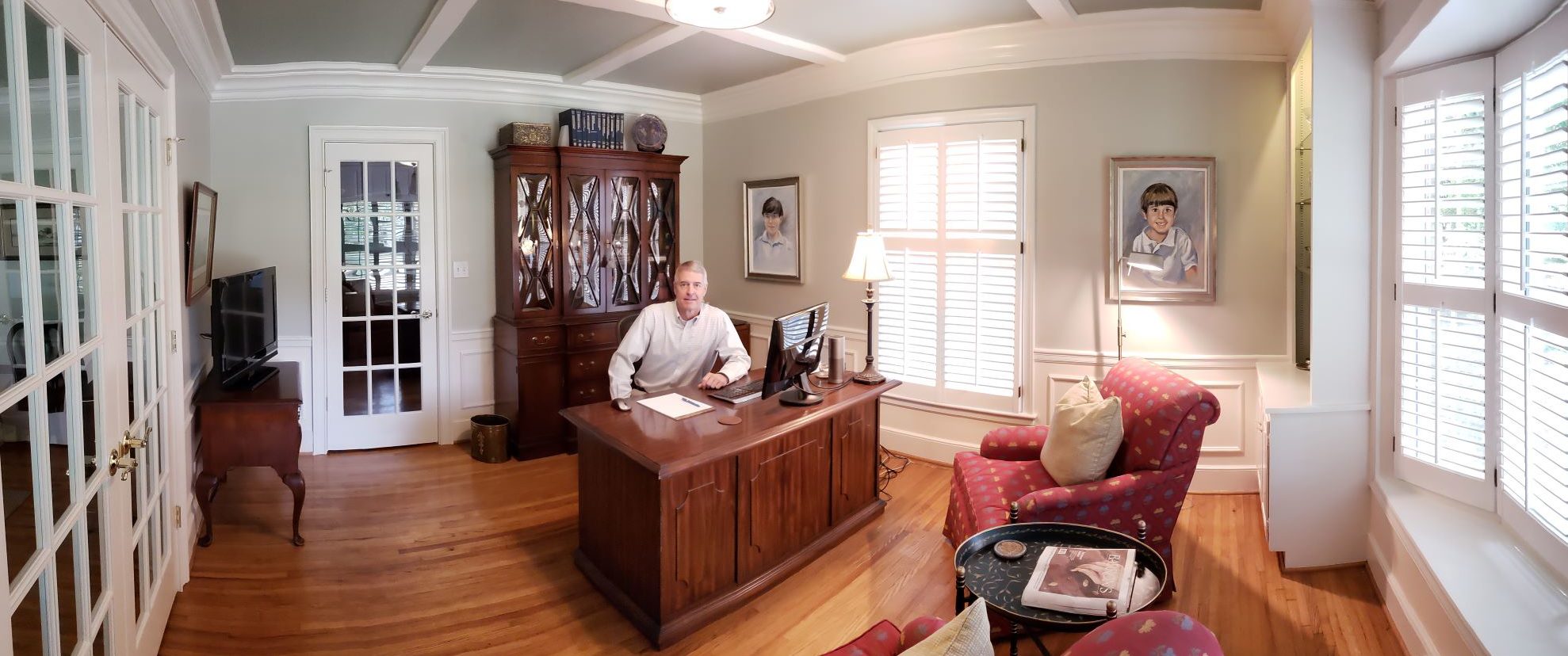People are emotional. I strive to be a realist, at least in financial matters. I expect the medical crisis to get worse. The market is in panic mode since the near-term is unknown. The main issue for markets is how long before people can go back to work? That will determine which and how many businesses might not survive under current management and ownership. I believe that the Government’s response is appropriate and will prevent an extended financial crisis by helping to bridge the gap. Furthermore, I believe that the medical community is making great progress in addressing the medical aspect. Testing will be available for most workers in a matter of weeks, enabling healthy workers to return to their jobs. The news on the development of treatments and vaccines is encouraging.
What’s the outlook for long-term investors? The S&P 500 closed the first quarter at 2,584.59. If it takes three years to achieve prior closing highs (3,386.15 on 2/19/2020), the annual return would be 10.32%. We’ve seen unprecedented volatility with 10% up and down days. Selling now runs the risk of missing the bottom. Although virus related news flow will likely get worse, the market tends to turn up before the headlines improve.
I concluded my last quarterly update with a prescient observation, “caveats include non-economic events such as wars, plagues, systemic failure, and meteor strikes.” “Plague” is my vernacular for highly contagious disease. The COVID-19 pandemic is worse than war financially. Wars don’t shut down small businesses and can even stimulate production.
According to the Morningstar Market Valuation Chart, the market is now about 20% undervalued. Markets tend to overreact in the face of uncertainty. The stock market is a discounting machine, but we don’t know what to discount. We are down 27% from the February high. Since we were about 7% overvalued in February, the 20% discount to fair value is consistent.
The volatility is dizzying. If you’ve ever been on a boat in rough water, you might have experienced seasickness. One of the best remedies is to focus on the distant horizon. Volatile markets are like that. In the short term, all bets are off. The medical news is sure to get worse. The issue is when the markets will be able to see past that. When we get past the virus and go back to work, how long will it take to get back where we were? I don’t think it will take 3 years, and maybe only a fraction of that. If I’m right, we should see better than average returns in the not-too-distant future.
If you are having second thoughts about your portfolio and think you’d prefer something less volatile, now is not the time to make that change. The time to de-risk is when markets are optimistic and setting new highs. Unfortunately, you’ll feel complacent. That’s why I frequently remind clients to plan for liquidity needs, to avoid the need to sell in a down market. Extremely low interest rates make this a risky time to de-risk with bonds. As I suggested in last quarter’s letter, some risks don’t show up in economic leading indicators. A virus that causes the Government to shut down business for more than a month, who would have imagined?
